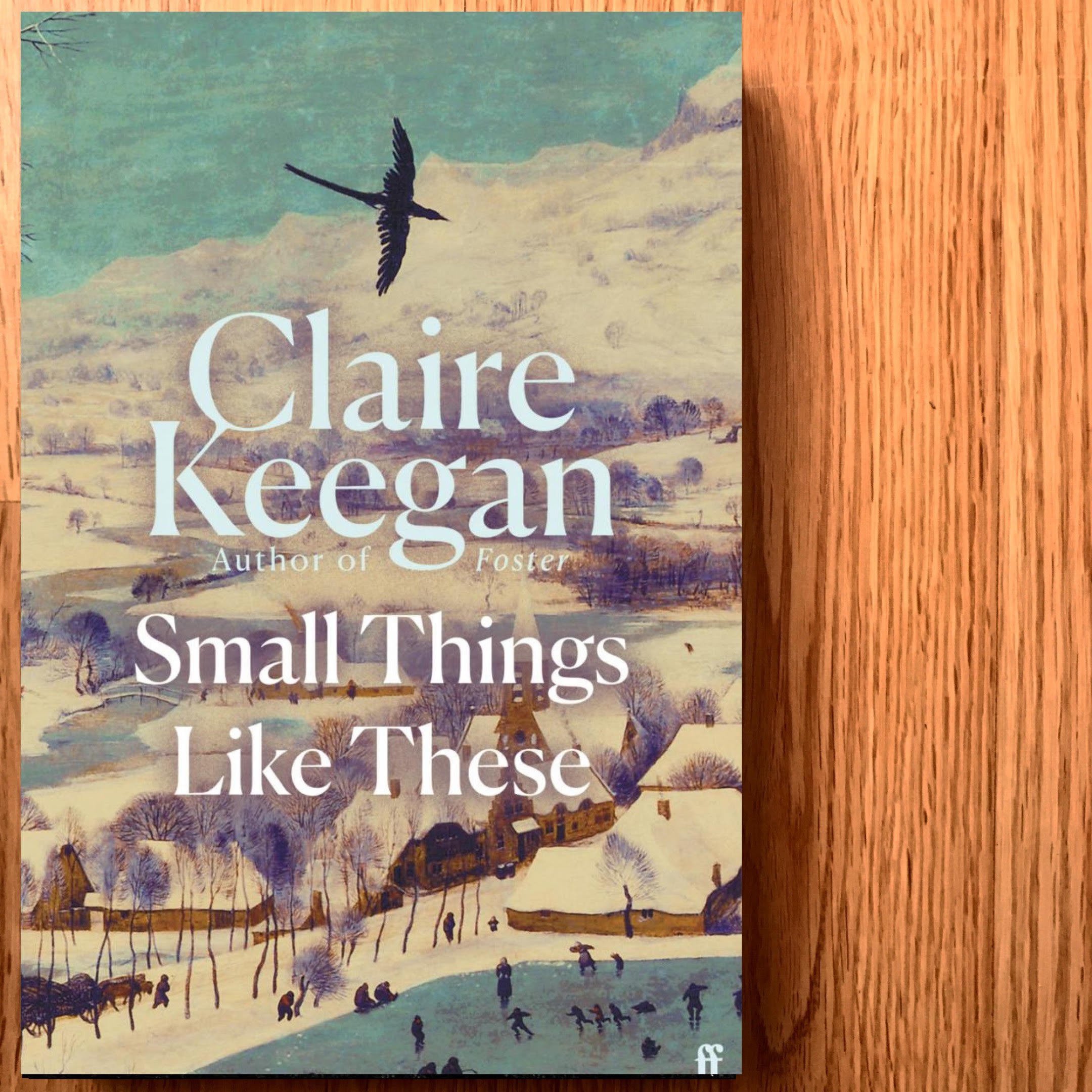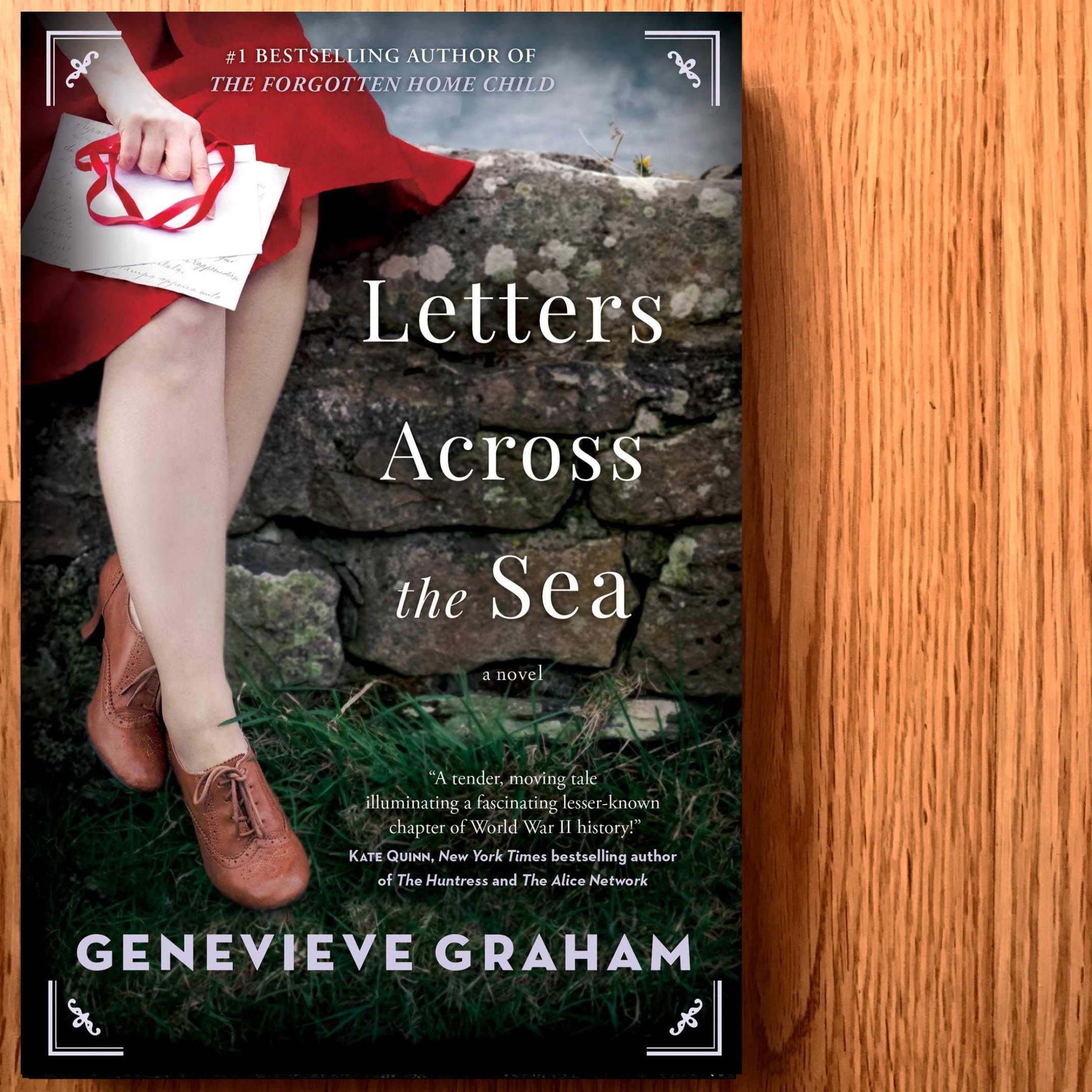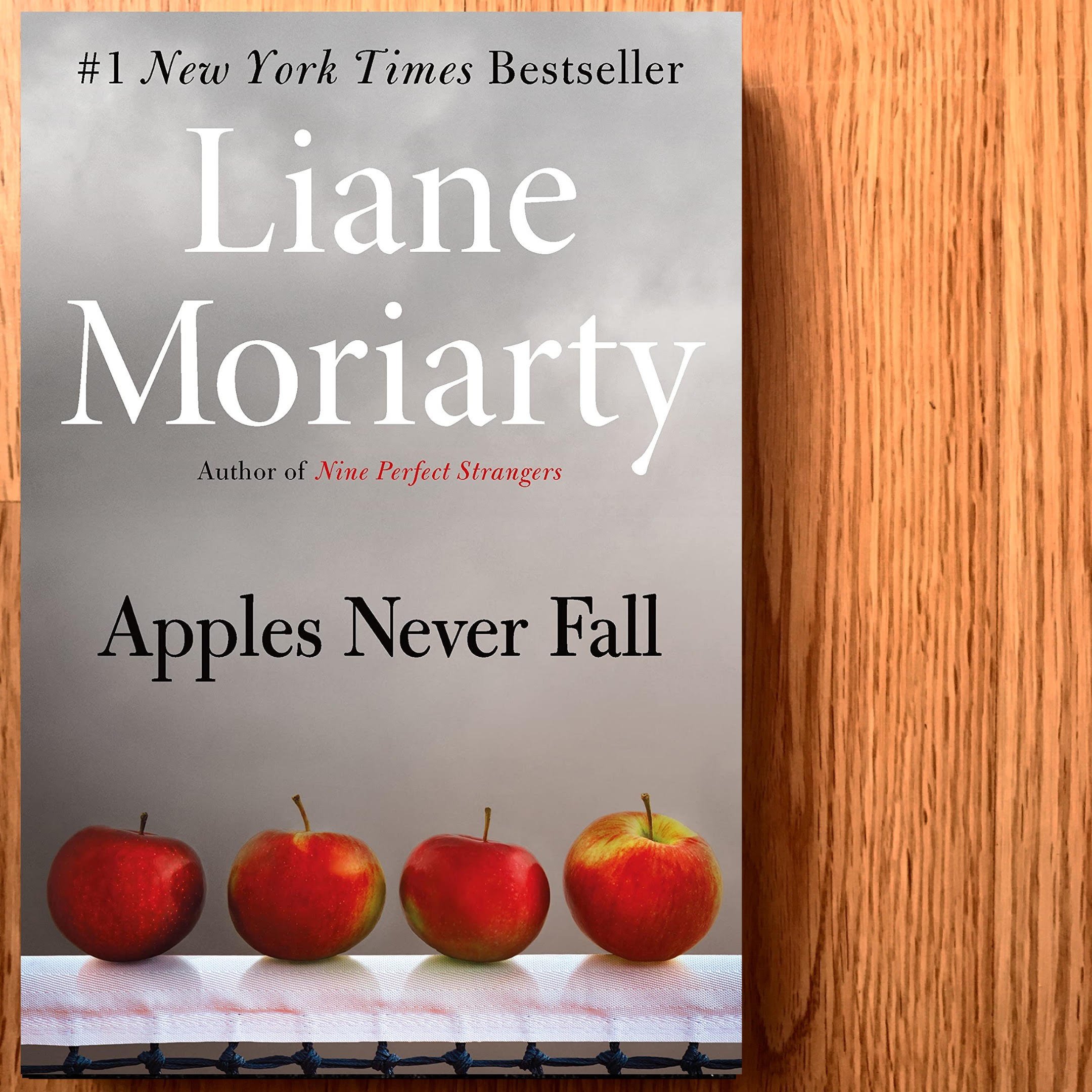By Jamie Maletta
Content Warning: Sexual assault, suicide, manipulation, and abuse.
I’ve been wanting to experiment more with fiction novels vs. my go-to nonfiction pieces—memoirs, motivational self-help books, and better living “type” categories. We Were Never Here by Andrea Bartz has been displayed and advertised on all major platforms. It’s been featured in Reese’s Book Club and on number one bestsellers lists everywhere you look. My first thought? A safe bet.
Jumping into chapter one we meet two best friends, Emily and Kristen, who have embarked on an annual fun and adventurous backpacking trip through Chile. During this trip, things take a turn for the worst, and after a traumatic altercation, they are both involved in a self-defence murder for the second year in a row—again. The first murder had happened only a year prior, and there was no way that this kind of history could be repeating itself. Or could it? Did it? The girls do their best to cover their tracks, returning to America in an attempt to forget the past and move forward, but as the shocking details and obsessions start to unravel, the media begins to cover the murder. We are taken on a journey through the girls’ friendship and their history. We learn quickly that Kristen’s history is much different than she’s ever let on, and some suspicious situations and unusual behaviours begin to surface. But is this Emily overthinking the whole situation? Have the traumatic experiences abroad made her question every detail of their lives, making her search for problems that don’t exist?
I added this book to my Kindle during a very long road trip thinking I’d get a good jump start at some point during the car ride if there was time (#travellingwithatoddler). What I was not expecting was to binge-read the entire book, periodically closing it to take a break, and immediately giving in to more. Thankfully, my toddler was happy playing (for the most part), and I could jump right back in. I just couldn’t sit still with my thoughts, wondering what was going to happen next.
This novel is a psychological thriller like I’ve never experienced, and I felt like Bartz had me on the edge of my seat from start to finish. Just when I thought I’d possibly figured it out, or knew what to expect next, I’d be thrown a curveball. I loved it. Not only is it incredibly addicting in the way it’s written—leaving you wanting more following each chapter—but the chapters aren’t too long, preventing story overload. It’s laid out perfectly to be indulged in all at once, or as you have time.
I am absolutely adding more books by Andrea Bartz to my must-read list, and I totally recommend We Were Never Here to anyone who loves a good thriller! I’m so happy this is where I began my new fiction journey and I look forward to reading so much more by Andrea Bartz!





















